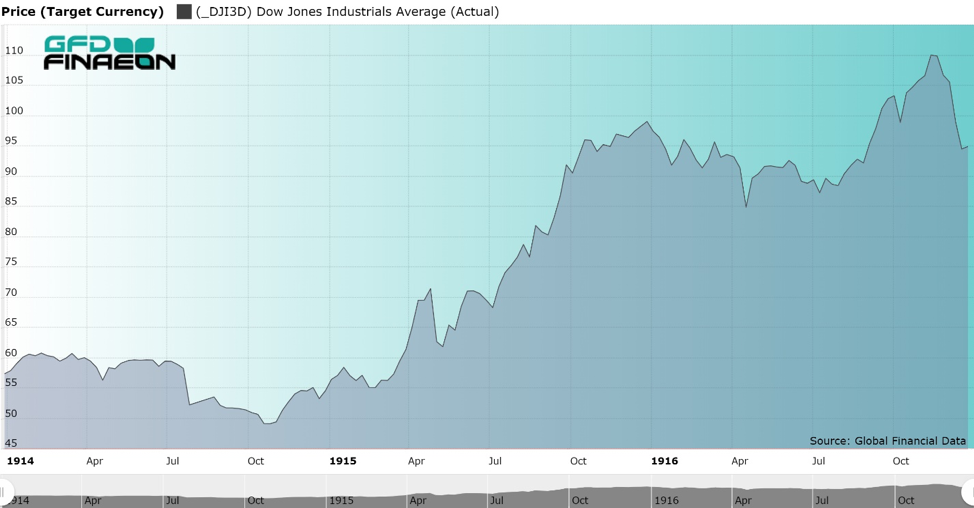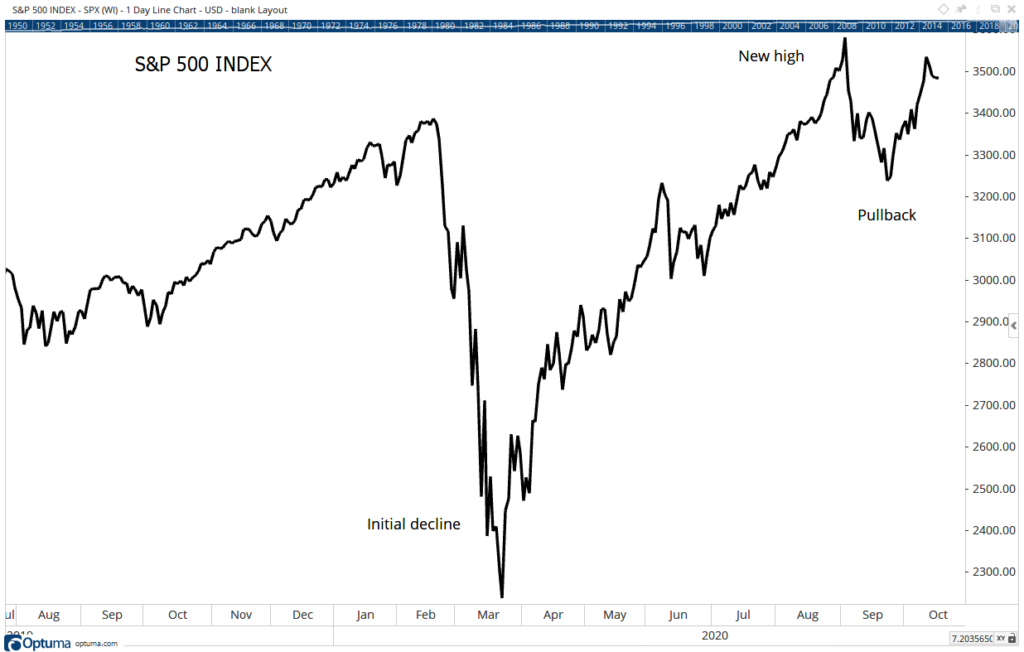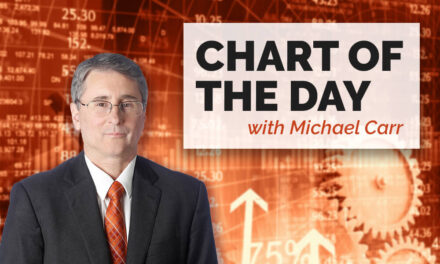Earlier this year, every analyst on CNBC, CNN or any other news network relied on the same word to explain the economy or stock market. What happened was “unprecedented.”
Historians know that nothing is truly unprecedented. However, they don’t always have data to back it up.
Market moves during the economic shutdowns seemed unprecedented because governments had shut down stock markets during past crises. That prevented investors from selling and moving capital out of the reach of the government.
When much of the global economy shut down this year, stock markets remained open.
If stock markets had continued to operate at the beginning of World War I, for example, there would have been a precedent.
Researchers at Global Financial Data recreated the market action during that shutdown. They found that “although the NYSE was closed between July 30 and December 12 of 1914, stocks were quoted by brokers and traded off the exchange.”
GFD used this fact to calculate stock market indexes for the time when markets were closed. This is shown in the chart below.
What the WWI Stock Market Might’ve Looked Like

Source: Global Financial Data.
That chart shows prices fell when the crisis began, then rallied, pulled back and roared to new highs. This establishes a possible precedent for what we can expect next.
A chart of recent action in the S&P 500 shows the first three elements of that pattern are in place.
The 2020 S&P 500 Mirrors 1914’s Model

Source: Optuma.
With historical data, we can see that even though traders only saw the horror of war in 1914, the crisis of World War I was bullish for global stock markets.
It’s likely the same dynamic is unfolding today in this “unprecedented stock market.” Investors are looking past the horror of the pandemic and seeing a global economic rebound. That should lead to new highs before another bear market develops.
Michael Carr is a Chartered Market Technician for Banyan Hill Publishing and the Editor of One Trade, Peak Velocity Trader and Precision Profits. He teaches technical analysis and quantitative technical analysis at the New York Institute of Finance. Mr. Carr is also the former editor of the CMT Association newsletter, Technically Speaking.
Follow him on Twitter @MichaelCarrGuru.





